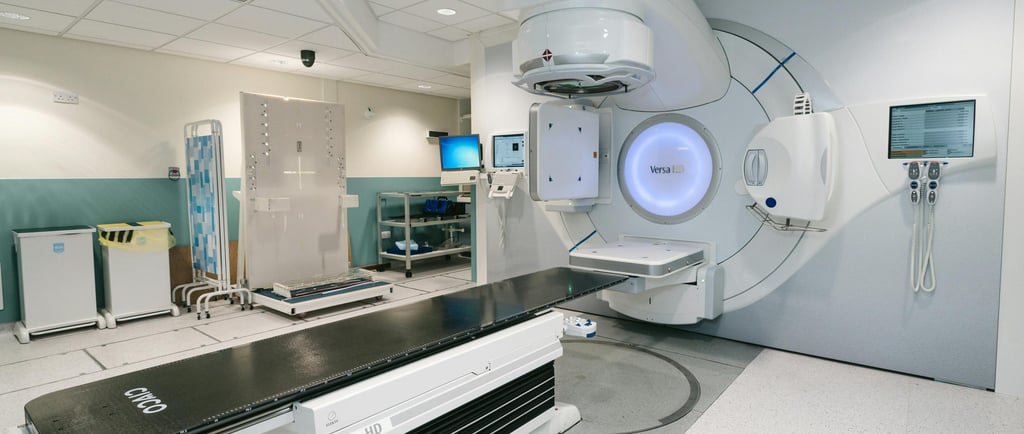Sustainable Healthcare: Reducing Waste and Costs Through Equipment Reuse & Repair
8/6/20252 min read


Across industries, sustainability is taking center stage—and healthcare is no exception. As hospitals, clinics, and surgical centers strive to reduce their environmental impact, one area with untapped potential is the reuse and repair of medical equipment.
The Waste Problem in Healthcare
Healthcare facilities generate a significant amount of waste, from disposable supplies to large-scale equipment. While infection control rightly demands the use of single-use items in many areas, the premature disposal of valuable medical devices and systems often goes unnoticed. Many of these items could be repaired, refurbished, or reused—saving both money and resources.
Why Reuse and Repair Matter
Extending the life of medical equipment isn't just about cutting costs—it’s about reducing unnecessary waste and conserving the raw materials and energy required to produce new machines. Some of the benefits of this approach include:
Reduce operational expenses by fully utilizing existing equipment.
Less waste entering landfills and incinerators
Reduced care delays caused by equipment replacement wait times
Support for environmental sustainability goals without compromising care
A Preventive Approach
Instead of waiting for equipment to fail, many facilities are taking a proactive approach through preventive maintenance. Regular inspections and servicing can identify minor issues before they become major failures—keeping equipment in working condition longer and improving safety for both staff and patients.
In many cases, repairs can be completed quickly and affordably, avoiding the cost and disruption of full replacement. For high-use equipment, this approach is especially valuable, allowing facilities to stay operational and compliant while limiting downtime.
The Financial Case for Repairs
Repairing medical equipment is often a smarter, more cost-effective alternative to replacement.. In many cases, repairs cost only a fraction of a replacement and can be completed faster with less disruption. By extending the life of existing equipment, healthcare facilities can reduce capital expenses and allocate budget to other critical areas—all while maintaining high standards of care.
Rethinking Equipment Lifecycle Management
A shift toward reuse and repair also means rethinking how facilities manage the lifecycle of their assets. Instead of discarding equipment after a set number of years, decision-makers are starting to evaluate condition, usage patterns, and repair history as key indicators of continued usability.
This data-driven approach not only reduces waste—it improves financial planning, supports accreditation efforts, and aligns with broader sustainability initiatives.
Moving Forward Sustainably
The path to sustainable healthcare includes many steps, and equipment reuse and repair are among the most actionable. By taking a closer look at what can be fixed instead of replaced, healthcare facilities can reduce environmental impact, lower costs, and create a more resilient system for the future.
Services
Expert repair and inspection for medical equipment. Follow us on socials
Ready to streamline your medical equipment services? Call us today! 732 928 4212
© 2024. All rights reserved.

